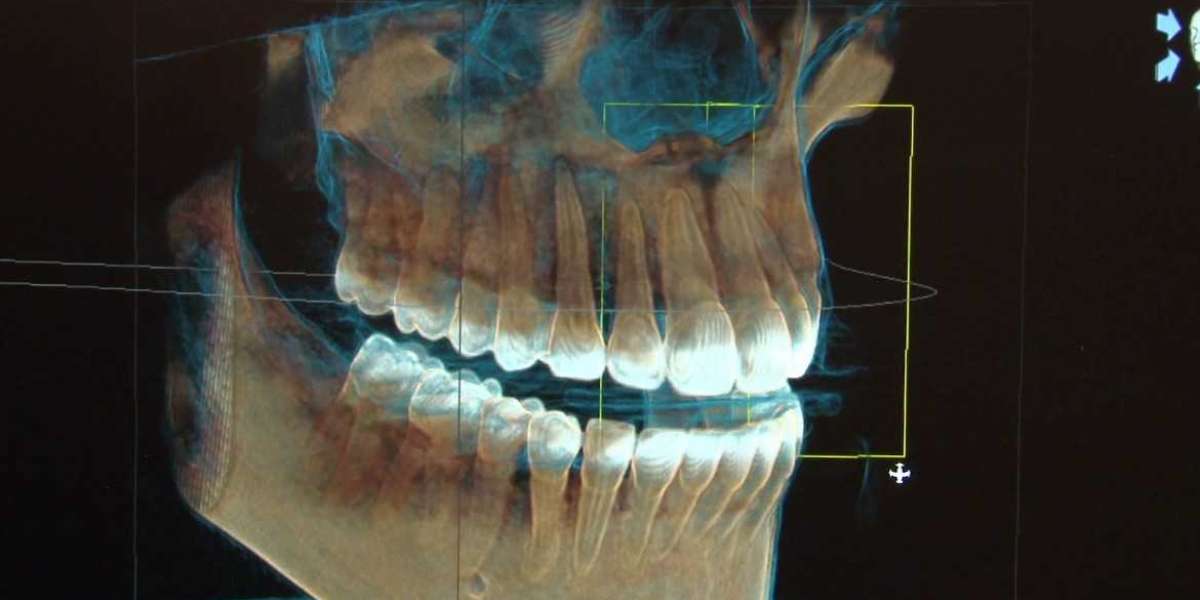CBCT Dental Imaging: Unveiling the Benefits and Addressing Your Concerns
Cone Beam CT (CBCT) has revolutionized dentistry, offering a powerful tool for diagnosis and treatment planning. This guide explores your top questions about CBCT, delving into its advantages and comparing it to traditional X-rays. We'll also explore advancements from leading dental imaging companies pushing the boundaries of CBCT technology.
- When is CBCT Dental Imaging Preferred Over Panoramic X-rays for Wisdom Teeth Removal?
While panoramic X-rays are a standard dental imaging tool, CBCT scans offer a clear advantage when dealing with wisdom teeth. Here's why:
- 3D Visualization: CBCT provides a detailed 3D view of the jawbone, surrounding structures, and the exact positioning of wisdom teeth. This allows dentists to assess the proximity of nerves and other vital structures, leading to safer and more predictable extractions.
- Complex Cases: For wisdom teeth with unusual angulations, impaction, or close proximity to nerves, a CBCT scan provides invaluable information for precise surgical planning.
Leading companies like Dentsply Sirona (US) and Carestream Health (US) offer advanced CBCT systems like the Sirona Orthophos XG 3D and the CS 3900 CBCT with low-dose options, minimizing radiation exposure.
- How Much Does a CBCT Scan Cost for Dental Implant Planning?
The cost of a CBCT scan can vary depending on factors like location, the specific imaging system used, and the complexity of the case. Generally, it can range from $200 to $800.
Dental insurance coverage for CBCT scans can vary. It's best to check with your specific provider to see if they offer coverage for this procedure.
Companies like MORITA MFG. CORP. (Japan) and KaVo Dental GmbH (Germany) are at the forefront of developing user-friendly and cost-effective CBCT solutions like the Veraview i-OP 3D and the KaVo OP 3D, making this technology more accessible.
- Are CBCT Scans Safe Compared to Traditional X-rays?
CBCT scans do involve a higher dose of radiation compared to traditional x-rays. However, advancements in technology have led to significant reductions in radiation exposure with modern CBCT systems. Dentists prioritize minimizing radiation whenever possible, utilizing low-dose protocols and focusing the scan on the specific area of interest.
Safety is paramount in CBCT. Companies like Vatech Networks (Republic of Korea) and SOREDEX (Finland) are spearheading advancements in low-dose CBCT technology like the Verde Vox and the Orthophos SL, ensuring patient safety while offering high-resolution imaging.
- Can CBCT Imaging Improve the Success Rate of Root Canal Treatment?
CBCT plays a crucial role in diagnosing complex root canal issues and improving treatment outcomes. Here's how:
- Detailed Anatomy: CBCT scans reveal intricate details of root canals, including hidden canals, fractures, and calcifications, that might be missed with traditional X-rays.
- Improved Treatment Planning: This detailed information allows dentists to plan the root canal procedure more effectively, leading to higher success rates and reducing the risk of complications.
Companies like Planmeca OY (Finland) and NewTom (Italy) are developing innovative CBCT solutions like the Planmeca ProMax 3D Mid and the NewTom GiGi XL, specifically designed for endodontic applications, offering exceptional image quality for root canal diagnosis and treatment.
Additional Companies to Note:
- FONA Dental
- R.O. Imaging
- Gendex
- Imaging Sciences International, LLC (US)
- Prexion (US)
For more information visit at MarketResearchFuture
Other Trending Reports
Gene Expression Analysis Market
Medical Imaging Displays Market








